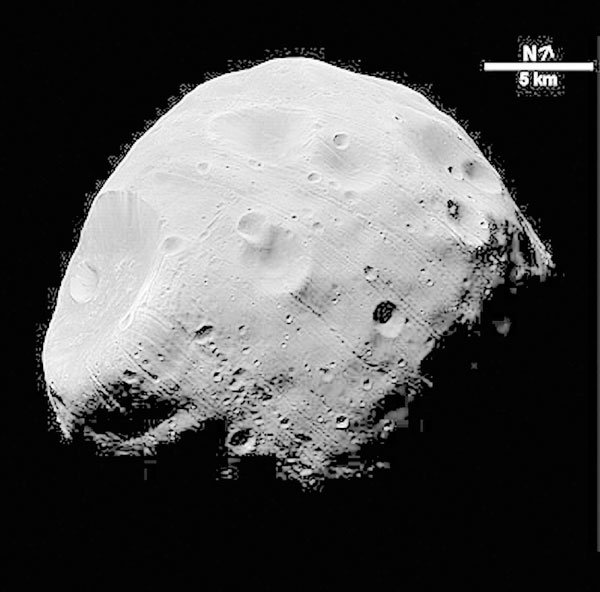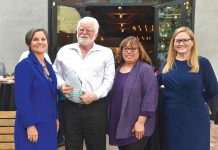Nov. 16
Leonid Meteors
The Leonid meteor shower is at its best the next couple of
nights. Most experts say that tomorrow night is the best, with peak
rates of perhaps a couple of dozen meteors an hour. The Moon sets
by late evening, so it won’t spoil the show.
Nov. 16
Leonid Meteors
The Leonid meteor shower is at its best the next couple of nights. Most experts say that tomorrow night is the best, with peak rates of perhaps a couple of dozen meteors an hour. The Moon sets by late evening, so it won’t spoil the show.
Nov. 17
More Leonids
The Leonid meteor shower should be at its best tonight. The Leonids get their name from Leo, the lion. If you trace the paths of the meteors, they all point toward Leo. But the meteors can appear in any part of the sky, so you don’t have to look in a particular direction to see them.
Nov. 18
First-Quarter Moon
The Moon reaches its “first-quarter” phase at 9:50pm. Sunlight will illuminate exactly half of the lunar hemisphere that faces Earth, so it looks as though someone sliced the lunar disk down the middle.
Nov. 19
Mercury in the Evening
The planet Mercury is peeking into the evening sky right now. It looks like a moderately bright star quite low in the southwest about 45 minutes after sunset. Binoculars will help you pick it out.
Nov. 20
Fornax and Microscopium
Two celestial tributes to the Industrial Revolution lie low in the southern evening sky: the constellations Fornax and Microscopium, the furnace and the microscope. Fornax appears low in the southeast, with Microscopium in the southwest.
Nov. 21
Mira
Mira, the “miraculous” or “wonderful” star, in the constellation Cetus, is high in the south during mid to late evening. Mira got its name because it periodically disappears, the result of a rhythmic expansion and contraction.
Nov. 22
Sunny Days
The Sun is rising later and setting earlier each day as we head toward the winter solstice in December.
It also travels lower across the southern sky. The shorter days and low viewing angle combine to make the weather colder.
– By the University of Texas McDonald Observatory













